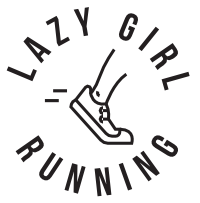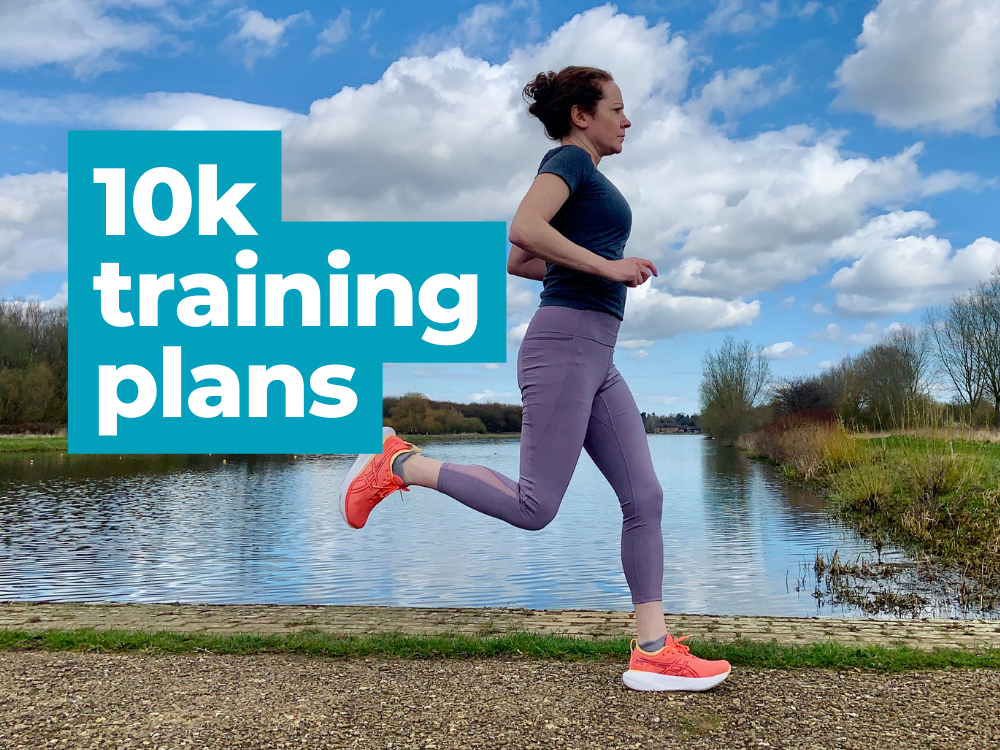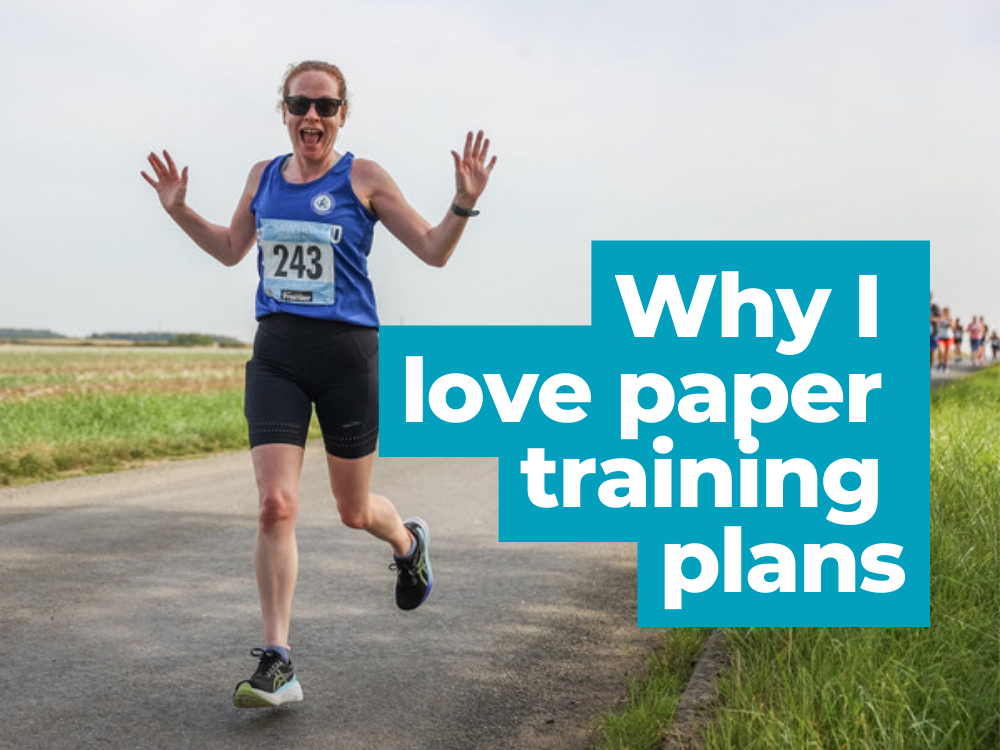|
Time
|
Speed
|
Gradient
|
Notes
|
|
5 min
|
Starting at a walk to comfortable running speed
|
2%
|
This is a warm up, make sure you are slightly red, breathing deeply.
|
|
1m
|
12.5km/h
|
4 %
|
Focus on your breathing and hand movements as run at a decent speed.
|
|
1m
|
12 -11.8 km/h
|
6 %
|
You will start feel it getting tough; look at your posture, foot displacement. Use your arms to aid you.
|
|
1m
|
11km/h
|
8 %
|
Bear in mind it’s still going to harder. Keep the pace fluid and steady. Take note of foot displacement and posture again
|
|
1m
|
10km/h
|
10 %
|
Lift your knees up, look up and breathe deeply. Use your arms to help momentum
|
|
1m
|
12.5km/h
|
0 %
|
Focus on your pace, it feels like you are going downhill. Keep it controlled. This is your recovery interval so Repeat this cycle 4 times
|
|
5 min
|
10km to a walk
|
2%
|
You should be fatigued. Focus on your posture and straightening your shoulders. Take a note of your distance and try to beat it over the coming weeks
|
There may be nothing to compare with the feel of the open road beneath your feet, but using the gym during the winter months can be a powerful inducement to improving form, technique and overall strength, meaning when you head back outdoors in the spring, you’re ready for anything the world can throw at you.
There may be nothing to compare with the feel of the open road beneath your feet, but using the gym during the winter months can be a powerful inducement to improving form, technique and overall strength, meaning when you head back outdoors in the spring, you’re ready for anything the world can throw at you.
The scientific bit
There are 2 different fibres in muscle. High intensity running programs use fast-twitch muscle fibres. These fibres are designed for short-lived, powerful bursts of energy. Steady-state cardio use slow-twitch muscle fibres, which are structured for endurance. Fast-twitch fibres need more fuel than slow-twitch fibres to function and to recover from a workout. Thus, if your session primarily targets fast-twitch fibres, you’ll burn far more calories during training, as well as calories after the training.
Example Treadmill routine
This workout below is aimed at toning, improving speed and overall recovery. It also produces an after-burn that can last for many hours, depending on your fitness level and how gruelling your session was. Give it a try!
The speeds on this workout are a rough guide, use a speed that you feel comfortable with and bear in mind the cycle gets repeated FOUR times, so don’t fatigue too early.
Guest post by Ruth Cole.






